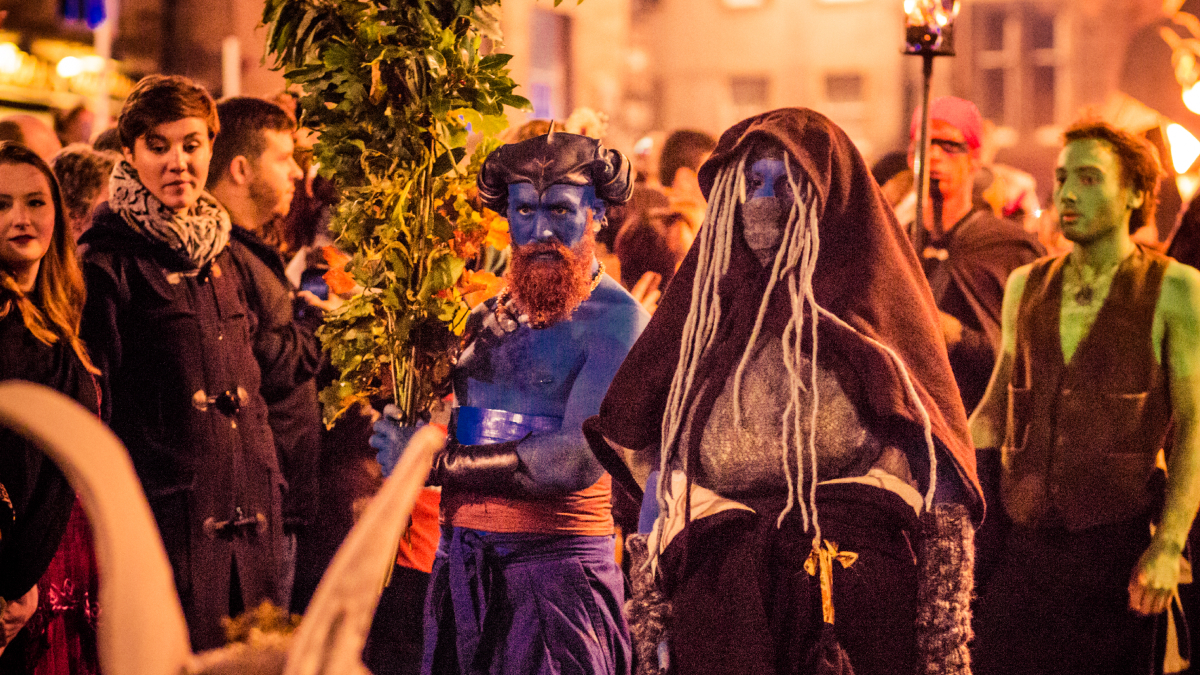New Year in Autumn: A Season of Change and New Beginnings The idea of celebrating the New Year in Autumn may seem unusual to some, but for many cultures, this season marks the perfect time for renewal and fresh starts. Unlike the widely recognized January 1st celebrations, autumn brings its own sense of transformation, symbolizing […]
Tag: New Year in Autumn
Ultimate 7-Day NYC Itinerary
The Ultimate 7-Day New York Itinerary: Must-See Attractions Why Spend a Week in New York City? A 7-day itinerary in New York City allows you to fully explore its diverse neighborhoods, world-famous landmarks, and hidden gems at a comfortable pace. From the bright lights of Times Square to the historic streets of Lower Manhattan, this […]

